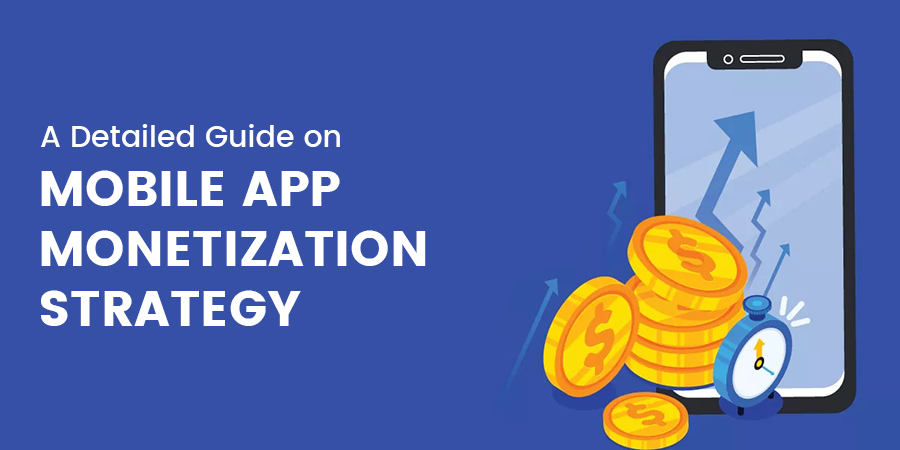In the ever-evolving landscape of mobile applications, developers are constantly seeking innovative ways to generate revenue beyond the conventional models. While in-app purchases and ads remain fundamental, the mobile app ecosystem offers a plethora of untapped opportunities for monetization. In this blog, we delve into advanced mobile app monetization strategies that go beyond the basics, providing developers with insights to maximize their profits and create sustainable revenue streams.
- Subscription Models with Value-added Services:
While subscription-based models are not new, the key lies in offering premium, value-added services. Create tiered subscription plans that cater to different user segments. Provide exclusive content, features, or access to a community for paying subscribers. Apps like Spotify and Netflix have excelled in this domain, proving that users are willing to pay for enhanced experiences.
- Affiliate Marketing Integration:
Leverage affiliate marketing to boost your app’s revenue streams. Partner with relevant businesses and promote their products or services within your app. E-commerce apps can seamlessly integrate affiliate links to generate income from user transactions. By strategically aligning with affiliates, developers can create a win-win scenario where both parties benefit.
- Data Monetization:
The data collected from app users can be a valuable asset when used responsibly. Consider anonymized data monetization, where aggregated user insights are sold to third parties. Ensure compliance with privacy regulations and prioritize user consent. Striking the right balance between monetization and user privacy is crucial for maintaining trust.
- Freemium Models with Limited-time Offers:
The freemium model involves offering a basic version of the app for free and charging for premium features. To add a twist, incorporate limited-time offers or promotions to entice users to upgrade. This urgency can drive conversions as users fear missing out on exclusive benefits, pushing them towards making a purchase decision.
- Crowdfunding and Community Support:
Engage your user community by implementing crowdfunding campaigns. Platforms like Kickstarter and Indiegogo can be used to gather funds for new features, updates, or expansions. In return, offer backers exclusive perks or early access. This not only provides funding but also strengthens the connection between the app and its user base.
- In-App Gamification for Rewards:
Introduce gamification elements within the app to encourage user engagement. Users can earn virtual currency, rewards, or exclusive content by completing certain tasks or achieving specific milestones. Monetize these rewards by offering them for purchase, creating a system where users can enhance their experience through in-app transactions.
- White-labeling and Licensing:
Consider licensing your app to other businesses or individuals who can benefit from your technology. White-labeling involves selling the rights to use your app under their branding. This strategy can open up new revenue streams and increase the app’s reach without significant marketing efforts on your part.
Conclusion:
While the usual ways of making money from apps work well, trying out some unique strategies can make your mobile app stand out in a crowded market. By finding different ways to make money and paying attention to what users like, developers can build apps that not only make money but also last in the long run. Just keep in mind, the secret to making your app profitable is to provide something valuable, make users happy, and find that sweet spot where both user satisfaction and making money come together.
At eDreamz, we make your dreams come true with a winning formula: high-quality services at prices that won’t pinch your wallet. Contact us at sales@edreamztech.com to turn your vision into reality



